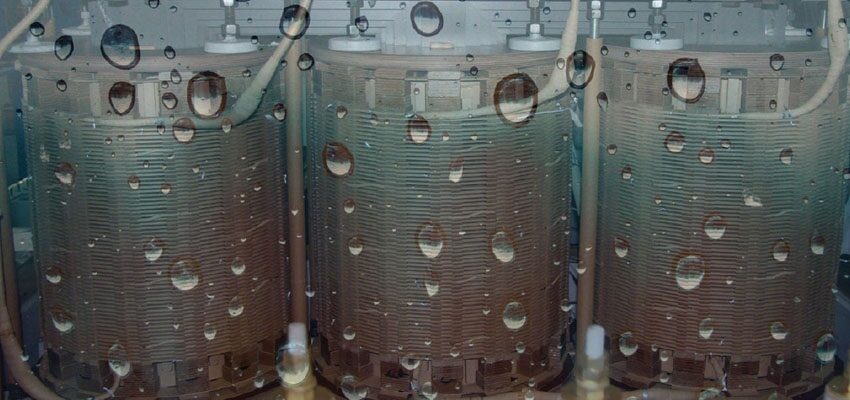
Column: Water in transformer
How water affects transformer oil quality and helps monitor its aging As it is well known, transformer insulation consists of two major components –...
byOleg ROIZMAN

How water affects transformer oil quality and helps monitor its aging
As it is well known, transformer insulation consists of two major components – oil (liquid insulation) and cellulose based solid insulation (also colloquially known as “paper”). While insulating liquid could be of different types – such as mineral oil, natural and synthetic esters, the impact of moisture is universal. For that reason, we will be using the term “oil” throughout this article assuming that the findings here hold true for all types of insulating liquids. This article, the fourth in series of water in transformers column, attempts to explain not only how moisture affects the quality of the insulating liquid, but also how online sensing of moisture parameters can be used in continuous monitoring of oil condition, rate of oil deterioration and aging of both oil and paper insulation. Various definitions related to moisture in transformer used in this article were introduced in previous issues of this magazine and the reader is advised to refer to these issues to recall some of the concepts and examples. The article also reveals a method of continuous online determination of absolute water content of insulating liquid and the means for determination of minimum reduction of oil dielectric strength – key oil quality parameters. We should never forget that apart from being an insulator and a coolant, oil is also an information carrier. That information could be related to a condition state of another critically important component – paper, affecting overall transformer performance and its insulation life span. There are some physical and chemical parameters that characterise oil quality. Among these are dielectric loss factor, thermal and electrical conductance, resistivity, viscosity, oil chemical composition, colour, acidity, interfacial tension, moisture, and particle content, to name a few. When properly measured, these parameters can form the basis for an integrated diagnosis of oil condition. As a product, oil is considered to have a good quality if its physical and chemical properties are within specified levels as designated by the respective standards. It could be argued that these oil quality limits do not have any scientific basis and their correlation to aging is not fully warranted. currently it is not feasible to monitor all the tabulated parameters online. Thus, we are sharing here a monitoring solution that offers a continuous online determination of insulating liquid quality in operating transformer.







